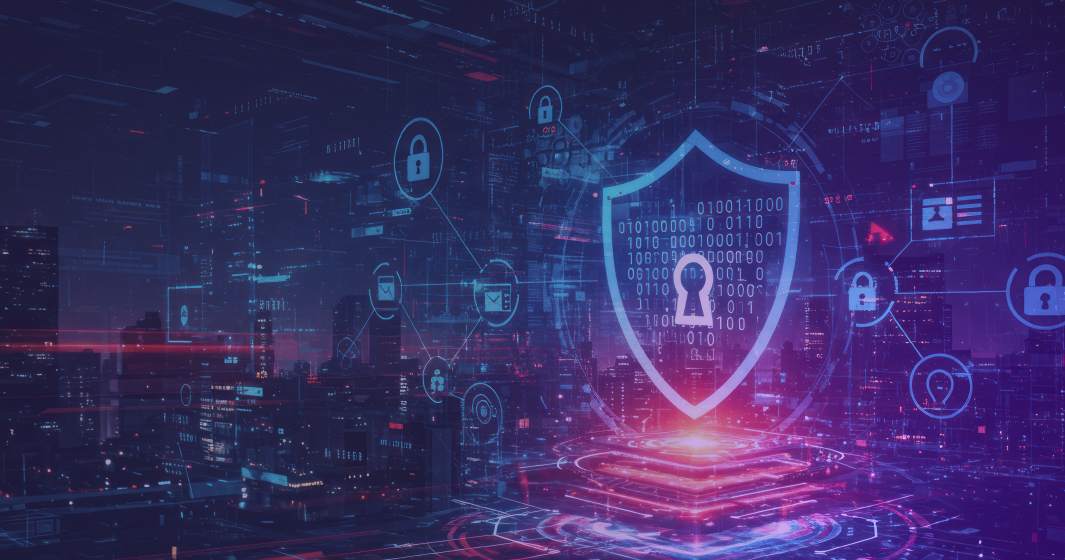Digital assets are a relatively recent phenomenon but their popularity is fast growing.
It's becoming increasingly common for companies of all types to hold digital assets on their balance sheet. For example, in Q4 of 2022 Tesla held digital assets valued at $184 million.
This means that auditors now have to get to grips with auditing digital assets. Similarly to traditional assets, they need to ensure their existence, valuation and completeness in forming a view on the financial statements overall.
While the blockchain - the technology that underpins digital assets - can have benefits to auditors, such as an immutable real-time record of transactions, digital assets have their own unique set of challenges. This includes issues related to rights and ownership, the reliability of automated transactions and an increased risk of material misstatements.
Thankfully, help is at hand from new technology based on the Open Banking principles of direct-from-source transactional data. These solutions, such as Circit, enable the auditor to access the data directly from source and in real-time. This allows for outstanding issues to be easily identified and resolved, without the need for manual communication with the evidence provider via unwieldy email chains.
Confirming The Existence Of Transactions On The Blockchain
The blockchain, one of the key features of digital assets, makes some aspects of audits easier. It contains a public history of all transactions and is immutable, so cannot be changed. This makes confirming the existence of transactions seamless and cost-effective.
With the blockchain, all parties share the same ledger, so auditors don't need to reconcile differences from comparing two books, saving significant time. Additionally, the blockchain enables real-time transactions that are instantly shared with all parties, so balances are always up to date.
With the right tools, this can help streamline checks related to post-balance sheet events because auditors can inspect transactions without needing to request additional statements.
New Technology, New Challenges
While the blockchain makes the verification process of audits more streamlined, digital assets throw open their own set of fresh audit challenges.
Ownership
The nature of digital assets means that many wallets are anonymous. This makes it hard to determine rights and obligations.
Auditors must access sufficient evidence to show that clients have the right to control and move assets. This is incredibly challenging if wallets are anonymised. Additionally, digital wallets can be infiltrated or even shared between several users, and therefore, access to private keys doesn't necessarily constitute total ownership.
Software Flaws
Many transactions related to digital assets are executed automatically via smart contracts. This creates the risk of incorrect transactions being created due to hacking or inaccurate information sent to the blockchain by third-party services.
Risk Of Material Misstatements
Cryptocurrency on balance sheets creates an enhanced risk of material misstatements. This is due to its volatility and potential for fraud. To counter this, auditors should apply a prudent approach when determining digital asset values.
Volume of transactions
The volume of transactions needing to be checked and confirmed can also pose a challenge. Balances can be confirmed easily, but obtaining and maintaining an overview over how transactions are being processed and accounted for becomes challenging without the right technology in place.
How Circit Can Help Manage The Challenges Of Auditing Digital Assets
While there are no quick fixes for overcoming the challenges of auditing digital assets, Circit’s platform can help streamline processes.
Security Of Obtaining Data
Circit connects directly to digital assets wallet providers, including Revolut, that will connect auditors to complete, accurate, and verified transaction data directly from source and in real time.
The complete, accurate and consistently formatted data set greatly improves the efficiency and level of testing auditors can perform on these balances and transactions
Accessible data
Direct connections to digital wallets will also ensure auditors have a complete overview of their audit clients' digital assets without needing to chase for outstanding transactions related to post-balance sheet events. Auditors can maintain this connection and access to the data until the permission is revoked.
This saves time and removes the bottlenecks related to completing engagements: auditors can review transitions and balances in real time, right up until sign-off date.
Client Collaboration
Collaboration during audits can become trickier when auditing digital assets. Clients will likely be interrogated further due to auditors learning about blockchain protocols and thus raising specific questions.
Circit streamlines client collaboration by maintaining all client communications centrally within the platform. Clear visibility is also provided with a roadmap of every supporting document required, alongside calls to action, including any yet to be completed. This is a markedly superior approach to maintaining communications on emails, with conversations siloed between the sender and recipient.
Circit’s Verified Analytics and Verified Insights
Circit’s Verified Insights enables auditors to visualise trends in transactions and spot potential outliers and exceptions for further review. This approach is complementary to the auditor’s work and helps highlight areas that require further attention, for example, applying their judgement on whether sufficient and reasonable evidence has been obtained.
Taking things one step further, Circit’s Verified Analytics enables auditors to match transactions direct-from-source to their client’s ledger, ensuring transactions have been accounted for and helping identify anomalies. This approach ensures auditors free up time historically spent on ingesting and manipulating data, to focus on applying professional judgement and scepticism with the treatment of digital assets in their client’s financial statements.
Show Off Your Expertise In Auditing Digital Assets
By adopting Circit you can get ahead of the curve and support existing audit clients with digital assets and attract new ones.
Digital assets will only continue to grow in volume across your client base. Being able to efficiently include them in an audit can be a real differentiator and attract both new clients as well as new talented staff.
Learn how Circit can help your firm audit digital assets. Book a demo today.














